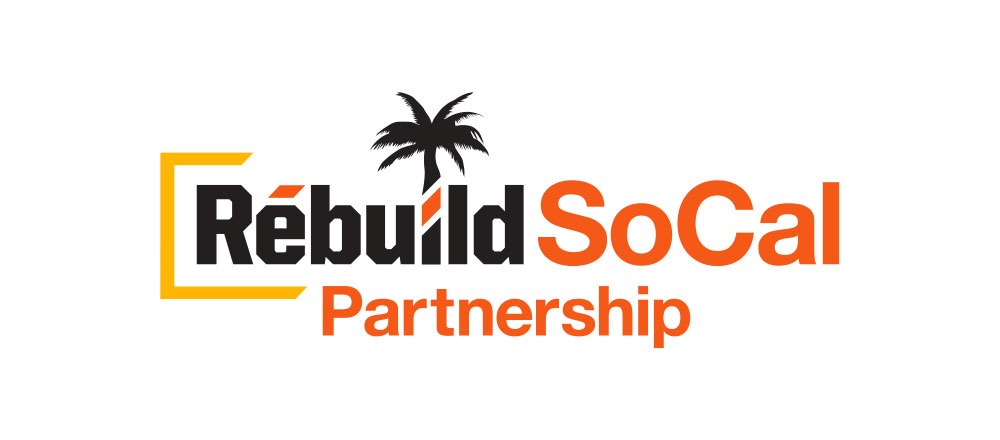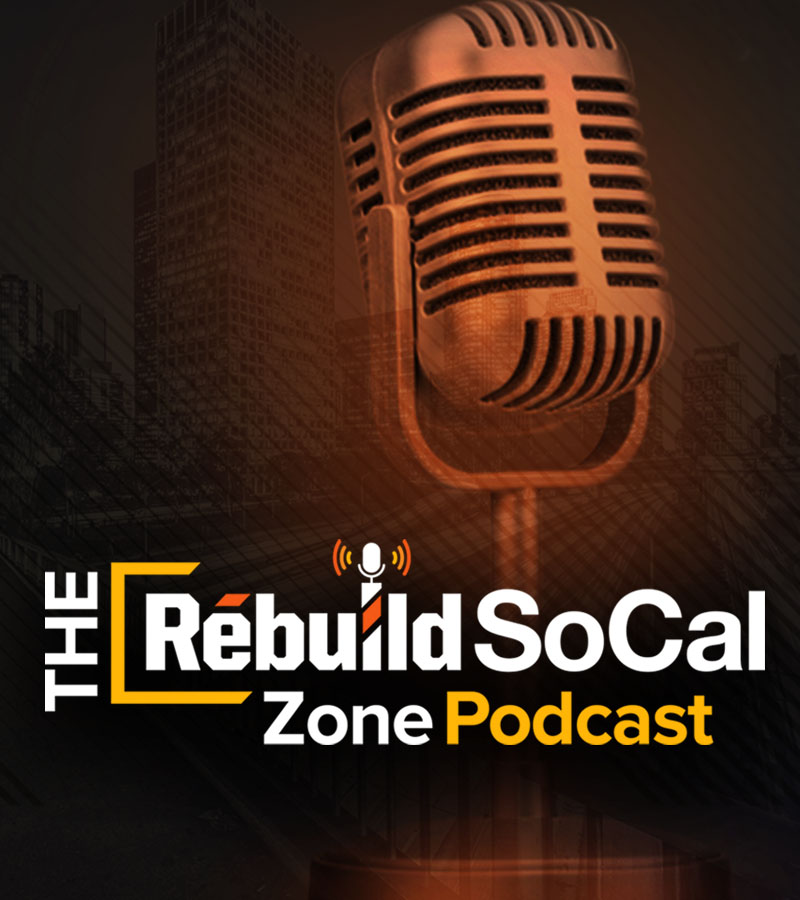Lessons Learned from the Pandemic
Access to the internet is essential for the modern student. Long before the pandemic, having internet access was important to learning, but online access became critical during the COVID-19 lockdown. Moving forward, a reliable internet connection will remain an essential component for education and student success inside and outside of the classroom.
Communities across Southern California need to examine and improve their internet infrastructure, provide connections, and bridge the digital divide.
Connected countries
In the United States, citizens often adopt the mindset that the U.S. is best at everything we do. This includes education, where the “No Child Left Behind” slogan is often touted. Unfortunately, when it comes to internet access, other countries are making advances while we fail to keep up and connect with American students.
For example, in a global study by the Organisation for Economic Co-operation and Development (OECD) on the percentage of students who reported having at least one computer or more at home, the U.S. came in 24th, falling far below others including, Denmark, Iceland, Germany, Canada, Austria, Israel, and Slovenia.
In Liechtenstein, the country with the fastest internet speeds globally, youth are trained to use digital tools and the internet via a program called “Medienprofis,” a series of workshops in schools. And in Uruguay, in addition to successfully implementing the one laptop per child program — at primary and secondary levels —the national virtual educational program, Plan Ceibal, was put in place in 2007. By 2020, 100% of schools were connected with Wi-Fi.
Impact of internet
Lockdowns during the pandemic revealed that 4.4 million U.S. households with children don’t have consistent access to computers for online learning; California has a shortfall of one million devices. Additionally, nearly 3 million students in the U.S. do not have the internet at home. California state leaders found that an estimated 1.2 million (one in five students) lacked broadband access for distance learning.
This digital divide causes what many educational experts call the “homework gap,” an inability to complete schoolwork that requires connectivity. A 2018 survey found this is incredibly impactful on lower-income and Black teens where about one-in-five of 13 to 17-year-olds said they are often or sometimes unable to complete homework assignments.
Internet access is an essential tool for today’s students that provide many benefits, including:
- The ability to research topics in-depth, including accessing the most updated content;
- Access to teaching materials such as notes, PowerPoint slides, images, and videos (on the school website or another forum);
- View videos and web tutorials that are cost-effective education tools;
- Connect with teachers and classmates via social media, messaging apps, and chat forums;
- Expand upon or relearn content taught in the school;
- Prepare for exams by rewatching recorded lectures;
- Prepare for college because universities almost always require a high level of digital literacy.
How to improve?
Los Angeles is currently working to bridge the digital divide. Verizon recently expanded its partnership with the Los Angeles Unified School District to extend its affordable, reliable internet access to eligible families. Other cities like San Diego, Santa Clara, and Long Beach have expanded free public Wi-Fi in locations throughout the city.
But clearly, more needs to be done and on a larger scale. Bhaskar Chakravorti, The Dean of Global Business at The Fletcher School at Tufts University, says, “Fixing the digital divide ought to be a priority as it sits at the center of numerous other societal problems, ranging from racial inequities to unevenness of access to essential needs, including health care and education.”
He suggests communities update and expand their existing affordability programs such as the Federal Communications Commission’s E-Rate program, explore public-private solutions like the Delete the Divide initiative is researched in Los Angeles and leverage Big Tech and internet service providers (ISPs) to help close the gap. Of course, as with any infrastructure, there is a cost involved. For this, Chakravorti supports a suggestion by the Nobel laureate economist Paul Romer to tax targeted digital ads that could bring in millions of dollars to help close the divide.
At Rebuild SoCal Partnership, we believe it’s essential to look at many different options and move forward. Students without internet access are hampered from accessing opportunities that could significantly improve their education and overall quality of life. Their future depends on what we do today.
Stay up-to-date on important infrastructure issues by signing up forthe Rebuild SoCal Partnership newsletter. Follow us on Facebook, Twitter, and Instagram, and listen to The Rebuild SoCal Zone podcast.

